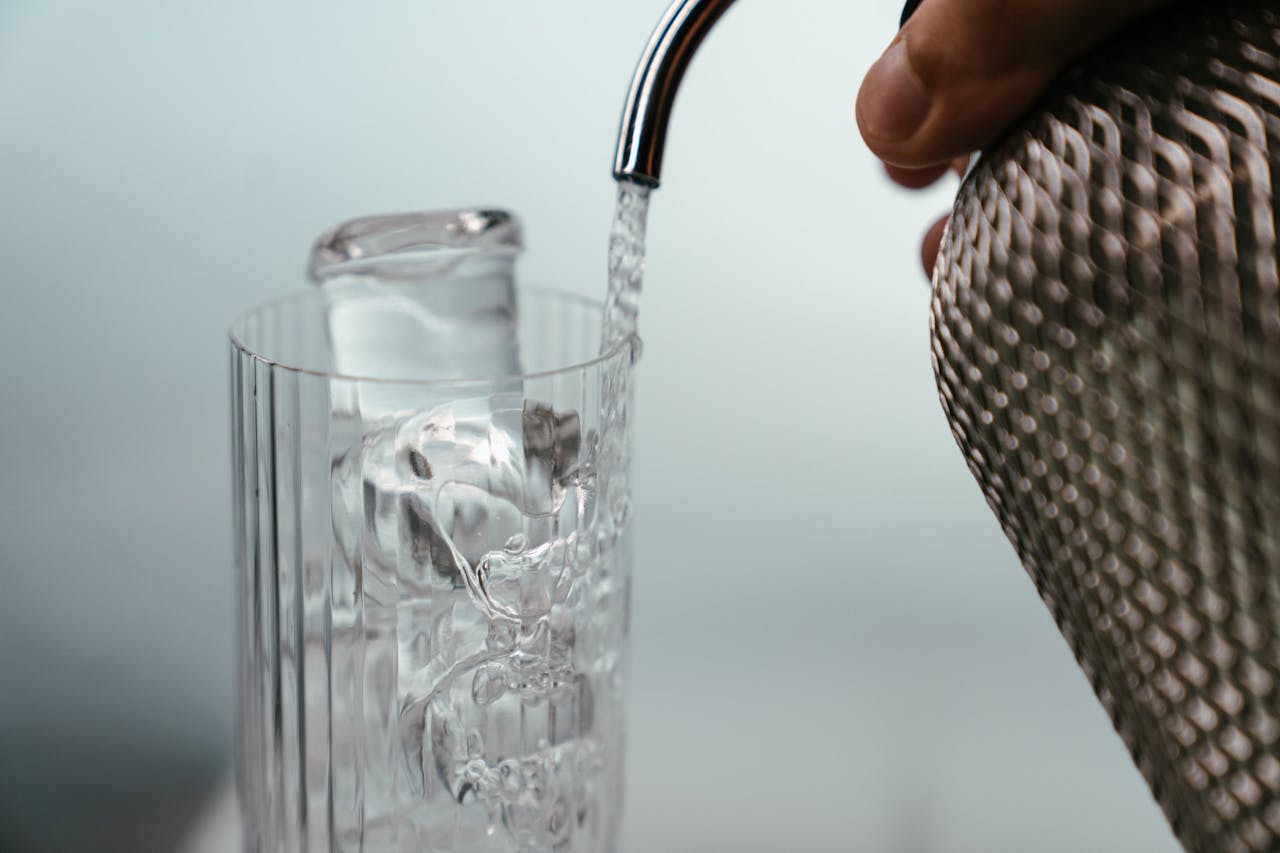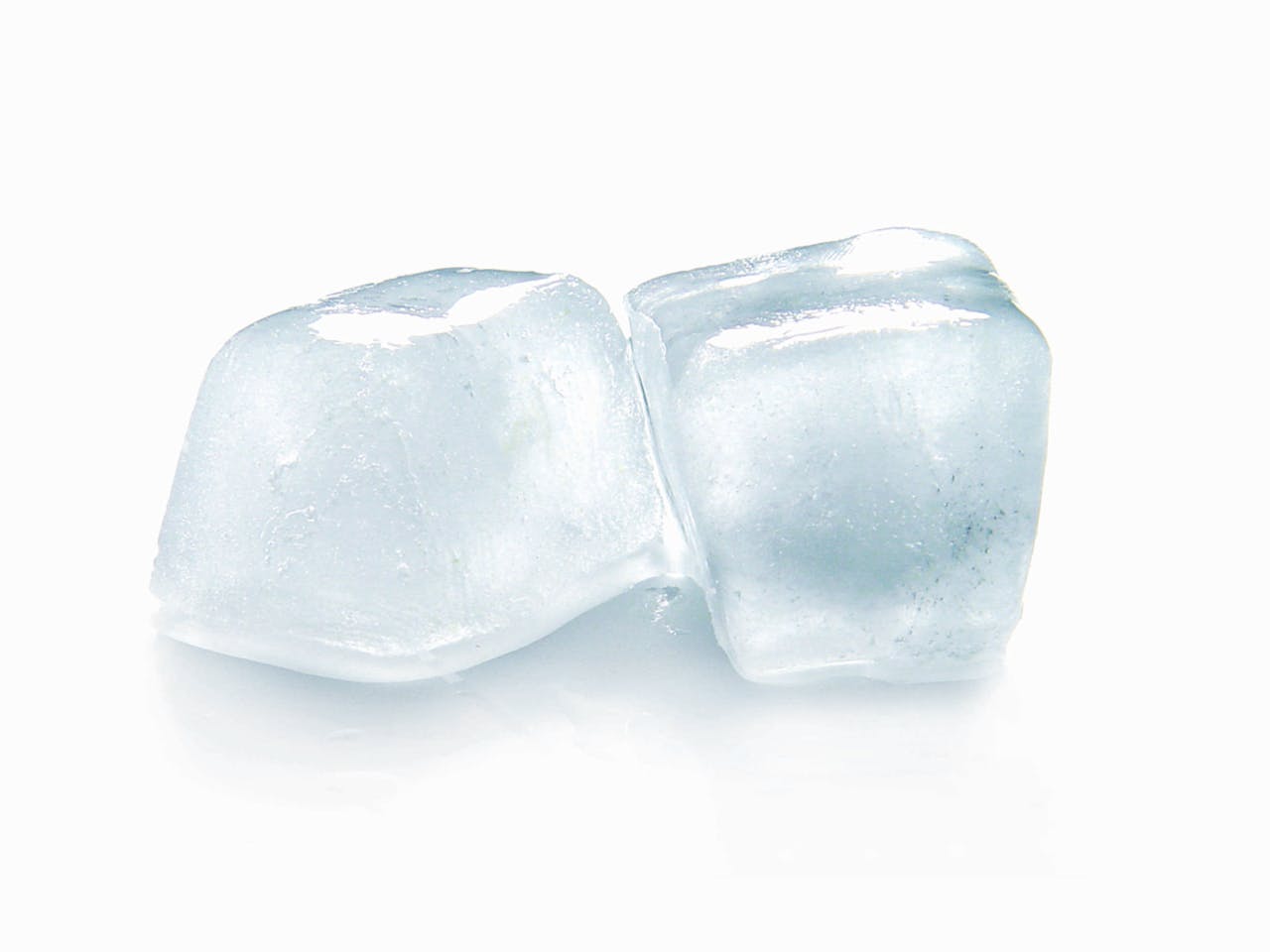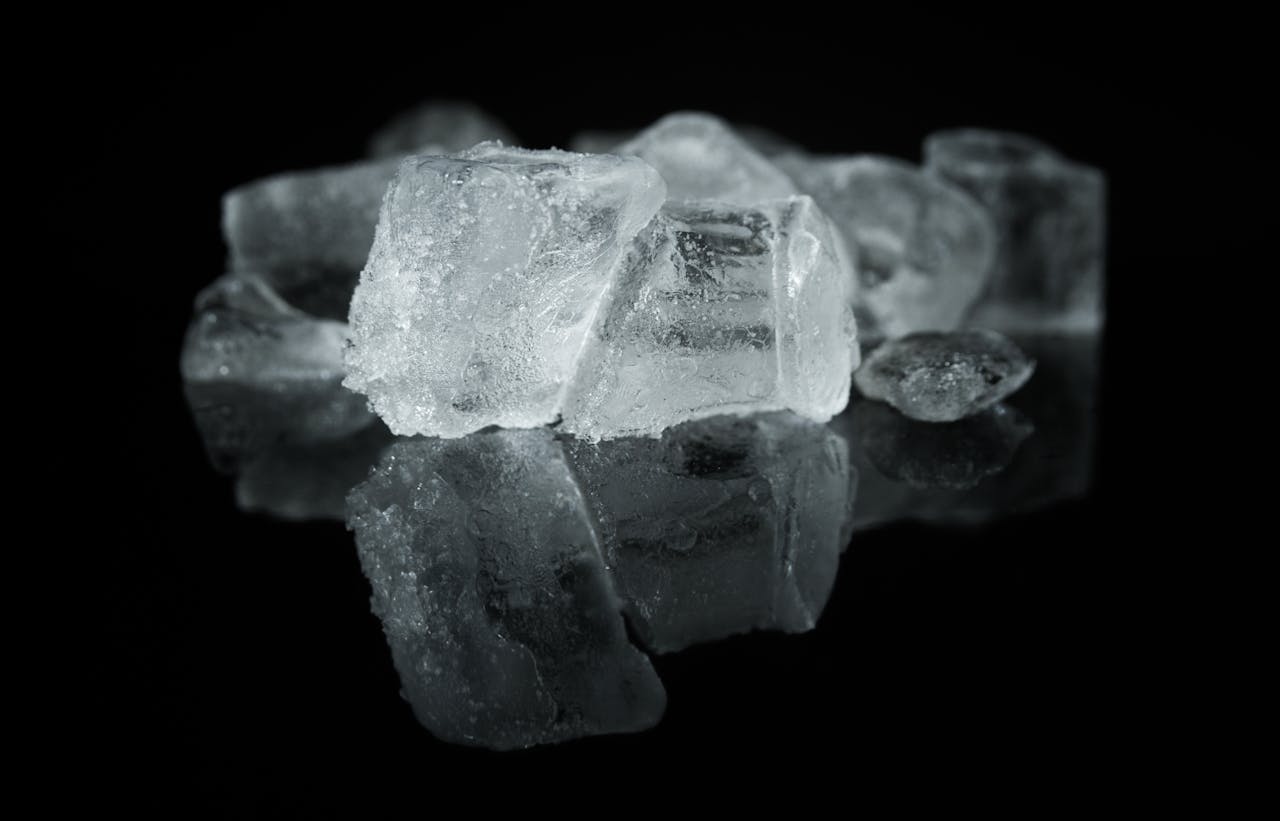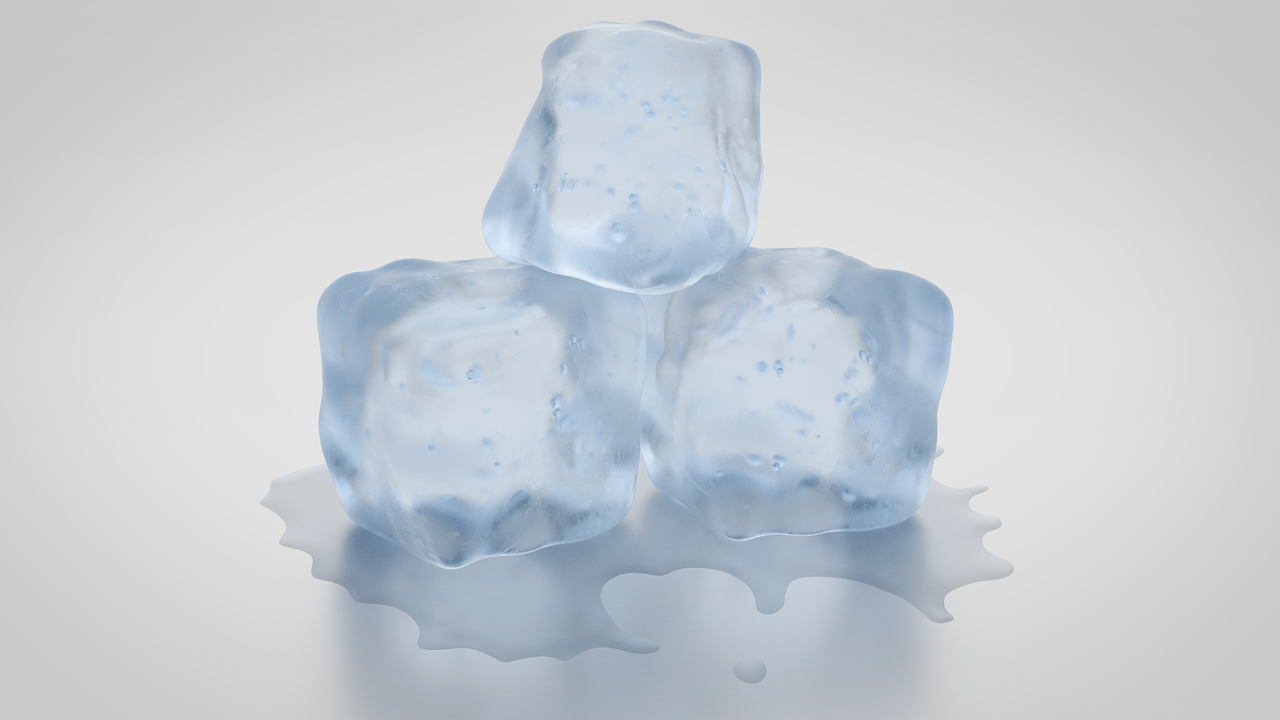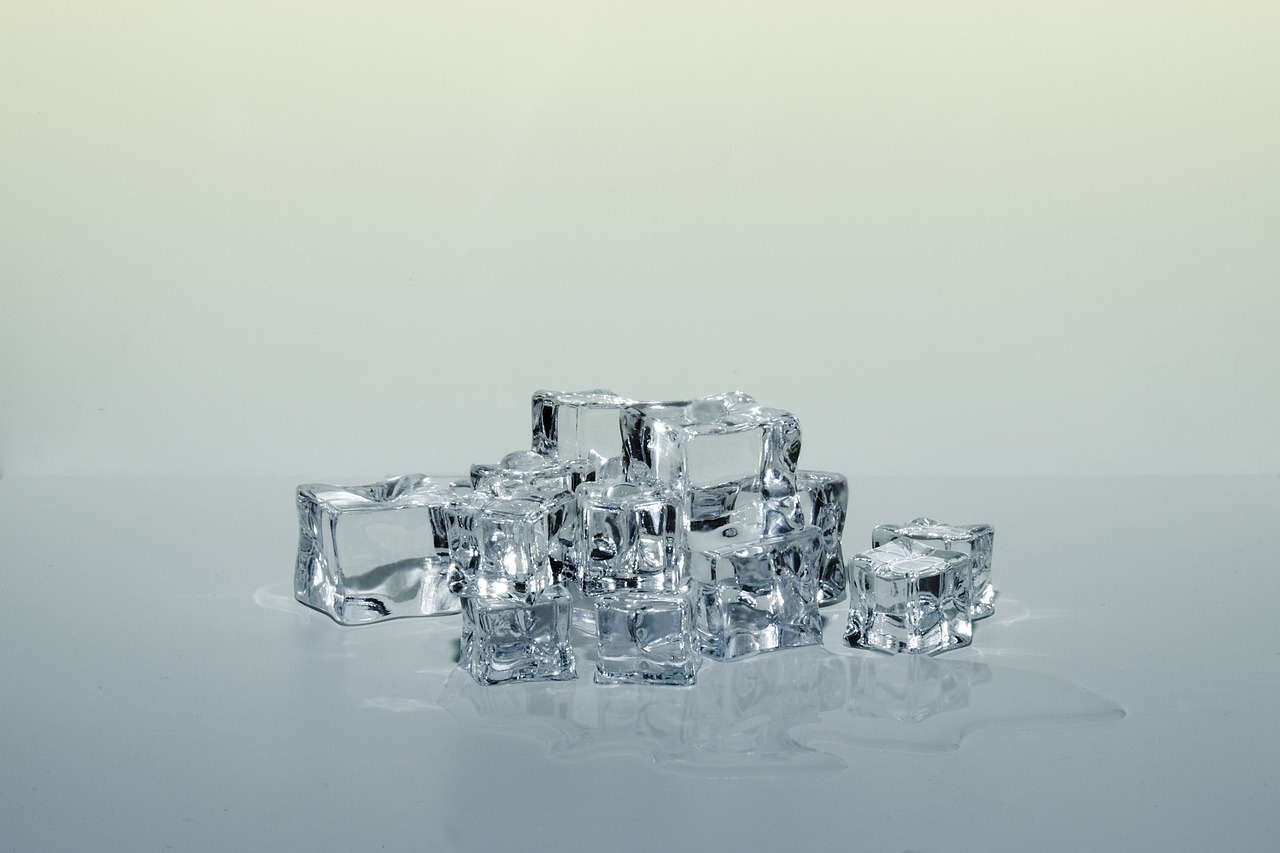Ever wondered if you could tackle your dryer repairs yourself? From simple fixes like replacing a door switch to more complex issues involving electrical components, there’s a lot you can do. But where should you draw the line and call in the experts? Let’s explore the world of DIY dryer repairs and find out what you can handle and what’s best left to the professionals.

Safety First
Unplug the Dryer
Ensure the dryer is completely disconnected from the power source before starting any repairs. Confirm that the power cord is unplugged to prevent electrical shock during the repair process. Double-check for any tripped breakers in the electrical panel before proceeding with repairs.
Wear Protective Gear
Use safety goggles to protect your eyes from dust and debris during disassembly. Wear gloves to safeguard your hands from sharp edges and hot components. Consider wearing a mask if you are sensitive to lint or dust particles.
Follow Manufacturer Guidelines
Refer to the user manual for specific repair instructions tailored to your dryer model. Adhere to the manufacturer’s safety recommendations to avoid damaging the appliance. Consult online resources or forums for additional tips related to your specific dryer brand.
Common Dryer Repairs You Can Do Yourself
Fix a Non-Starting Dryer
Inspect the door switch for functionality to allow the dryer to start as expected. Check the power supply to ensure the appliance is receiving electricity. Test the start switch for continuity to determine if a replacement is necessary.
Resolve Long Dry Times
Examine the lint filter and clean it thoroughly to enhance airflow and efficiency during drying cycles. Inspect the dryer vent for blockages that might be causing prolonged drying times. Consider checking the heating element’s condition to ensure optimal performance.
Address Noise Problems
Identify the type of noise (grinding, squeaking, etc.) to pinpoint potential issues affecting the dryer’s operation. Inspect the drum rollers for signs of wear and replace them if needed to eliminate unwanted noise. Check for loose screws or components that could be causing rattling noises during use.
Fix a Door That Won’t Close
Examine the door latch for any bends or damage that could hinder proper closure of the dryer door. Replace worn or missing door strikes to guarantee a secure fit when closing the door. Adjust misaligned hinges to facilitate smooth door operation and prevent further issues.
How to Disassemble a Dryer
Gather Tools
Collect essential tools such as screwdrivers, socket sets, and a multimeter for diagnostics. Make sure to have replacement parts ready before starting the repair. Keep your workspace organized for easy access to tools.
Remove Panels
Follow the manufacturer’s instructions to safely remove the outer panels of the dryer. Use the correct tools to prevent damage to screws or fasteners. Remember to keep track of all removed screws and components for reassembly.
Access Internal Components
Carefully detach the inner components to reach the parts needing repair or inspection. Note how wires and components are arranged for later reassembly. Illuminate dark areas with a flashlight for better visibility inside the dryer.
Fixing a Non-Starting Dryer
Check Power Supply
First, verify that the dryer is plugged in and the outlet is working correctly. Test the circuit breaker to ensure it hasn’t tripped and is supplying power. Use a multimeter to measure voltage at the outlet for confirmation.
Inspect Door Switch
Proceed to test the door switch for continuity to guarantee it’s functioning. Examine the door switch mechanism for any physical damage or wear. If the switch fails the continuity test, replace it promptly.
Test Thermal Fuse
Locate the thermal fuse and check for continuity using a multimeter. If there’s no continuity, replace the thermal fuse as it may be causing heating issues. To prevent future failures, ensure proper airflow within the dryer.
Addressing Noise Problems
Identify Noise Type
Listen closely to the sounds the dryer makes to differentiate between common noise types. Document the noise characteristics for effective diagnosis. Refer to troubleshooting guides for specific solutions.
Inspect Drum Rollers:
- Remove the drum to access support rollers.
- Check for wear or damage.
- Rotate rollers by hand to ensure smooth spinning.
- Replace worn rollers to eliminate noise and improve performance.
Check Belt Condition:
- Inspect drive belt for wear, fraying, or breakage.
- Test belt tension for proper operation.
- Replace damaged or loose belts to restore normal function.
Inspect Drum Rollers
When addressing noise issues in your dryer, a common culprit is worn or damaged drum rollers. These components support the drum’s rotation and can create loud noises when they wear out. By removing the drum and inspecting the rollers, you can identify any signs of damage or wear that may be causing the noise. Rotating the rollers by hand allows you to check if they spin freely without any obstruction, indicating their condition.
Check Belt Condition
Another crucial component to inspect when dealing with noisy dryers is the drive belt. Over time, belts can wear out, fray, or even break, leading to disruptive noises during operation. By examining the belt for any visible signs of damage and testing its tension, you can determine if it needs replacement. A loose or damaged belt can impact the dryer’s functionality, causing excessive noise and hindering its performance.
Troubleshooting Heating Issues
Test Heating Element
Using a multimeter, check the heating element for continuity and functionality. Look for any visible signs of damage or burn marks on the heating element. If it fails the continuity test, replace the heating element to restore proper heat distribution in your dryer.
Inspect Thermostat
When troubleshooting heating issues, it’s crucial to inspect the thermostat for proper operation. Test the thermostat for continuity to ensure it is functioning correctly. Be on the lookout for any signs of corrosion or physical damage that could impact its performance. If the thermostat is faulty, replace it promptly to maintain accurate temperature control.
Check Ventilation
To prevent heating problems in your dryer, inspect the ventilation system regularly. Look for any blockages or kinks in the dryer vent that may restrict airflow. Clear out any lint buildup in the vent and ductwork to promote efficient drying cycles and prevent overheating issues. Make sure the vent exit is clear and unobstructed to allow for proper ventilation flow.
When to Call a Professional
Gas Leaks
If you have a gas dryer, inspect the connections for any signs of gas leaks. Use a gas leak detector or soapy water to identify leaks accurately. Immediate professional assistance is crucial if a gas leak is detected to prevent hazards.
Electrical Issues
Check for evidence of electrical problems like burnt wires or damaged connections in your dryer. Ensure all connections are secure to avoid power disruptions. If electrical issues persist after basic troubleshooting, consider seeking professional help.
Complex Mechanical Problems
Know when a problem surpasses DIY capabilities and requires professional attention. Evaluate the issue’s complexity and potential risks involved in self-repairs. Document all symptoms and findings meticulously to provide detailed information to the technician.
Risks of DIY Repairs
Potential Hazards
Be cautious of sharp edges, hot surfaces, and electrical components when conducting DIY dryer repairs.
Clear your workspace to prevent accidents and ensure a safe environment.
Adhere strictly to safety guidelines to safeguard yourself throughout the repair process.
Incomplete Fixes
Avoid the risk of further damage or safety hazards by completing all repairs thoroughly.
Before reassembling the dryer, meticulously inspect all components and connections.
After repairs, conduct comprehensive testing to verify that all issues have been adequately addressed.
Voiding Warranty
Review the warranty terms before embarking on any DIY repair tasks.
Contact the manufacturer to clarify which repairs might void the warranty agreement.
For repairs that could potentially impact warranty coverage, consider seeking professional help.
Summary
After learning about common DIY dryer repairs, safety precautions, and when to seek professional help, you are now equipped to tackle minor dryer issues confidently. Remember, your safety is paramount, so always prioritize it when attempting any repairs. By following the disassembly and troubleshooting tips provided, you can address non-starting dryers, noise problems, and heating issues effectively. Knowing the risks associated with DIY repairs will help you make informed decisions about when to call a professional for assistance. Your newfound knowledge empowers you to save time and money by fixing simple dryer problems on your own while recognizing the limitations of your skills.
Take charge of your dryer maintenance and repairs by applying the insights gained from this guide. Regular upkeep and timely interventions can extend the lifespan of your appliance and ensure smooth operation. Don’t hesitate to consult a professional for complex issues beyond your expertise. Stay safe and proactive in caring for your dryer to enjoy its optimal performance for years to come.
Frequently Asked Questions
1. Can I repair my dryer myself if it’s not starting?
Yes, you can fix a non-starting dryer yourself by checking the power supply, door switch, thermal fuse, and start switch. These components are commonly the cause of the issue and can be replaced easily with basic tools.
2. How can I address noise problems in my dryer?
To address noise problems in your dryer, check for loose or worn parts such as drum support rollers, idler pulleys, or blower wheels. Tighten or replace these components to reduce the noise during operation and improve the dryer’s performance.
3. What are common DIY repairs for dryers?
Common DIY repairs for dryers include fixing non-starting issues, addressing noise problems, troubleshooting heating issues, and replacing faulty components like thermal fuses or door switches. These repairs can often be done at home with basic tools and some guidance.
4. When should I call a professional for dryer repairs?
You should call a professional for dryer repairs when dealing with complex electrical issues, gas-related problems, or major component replacements like motors or control boards. Professionals have the expertise and tools to safely handle these tasks and ensure your dryer functions properly.
5. Are there risks associated with DIY dryer repairs?
Yes, there are risks associated with DIY dryer repairs, including electrical shock, fire hazards, and improper installation of components leading to further damage. It’s essential to follow safety precautions, use proper tools, and know your limitations when attempting repairs to avoid accidents or costly mistakes.
Zuta Appliance Repair: Revitalizing Berkeley Homes with Premier Dryer Services
In the heart of Berkeley, CA, Zuta Appliance Repair stands out as your ultimate partner for maintaining the comfort of your home. Understanding the crucial role your dryer plays in daily life, we commit to delivering excellence in dryer maintenance. Our services not only keep your clothes dry and your home running efficiently but also optimize your energy use. With Zuta Appliance Repair, you get more than a service; you get a promise of quality, honesty, and environmental stewardship, enhancing both your home’s functionality and your quality of life.
Experience comprehensive solutions to all your dryer issues with Zuta Appliance Repair. Our specialized repair services promise to extend your appliance’s lifespan and reduce energy bills. Our skilled team, armed with unparalleled expertise and a friendly demeanor, provides cost-effective and environmentally friendly solutions. This isn’t merely about repairs; it’s about the peace of mind that comes with a seamlessly functioning home. Choose Zuta Appliance Repair for an enhanced lifestyle. Contact us now at (415) 592-4633 and let us ensure your dryer remains a cornerstone of your daily life, offering convenience, efficiency, and tranquility.
Disclaimer
The materials available on this website are for informational and entertainment purposes only and not to provide legal or professional advice. You should contact your attorney or home improvement specialist to obtain advice concerning any particular issue or problem. You should not act or refrain from acting based on any content included in this site without seeking legal or other professional advice. The information presented on this website may not reflect the most current home improvement developments. No action should be taken in reliance on the information on this website. We disclaim all liability concerning actions taken or not taken based on any or all of the contents of this site to the fullest extent permitted by law.

